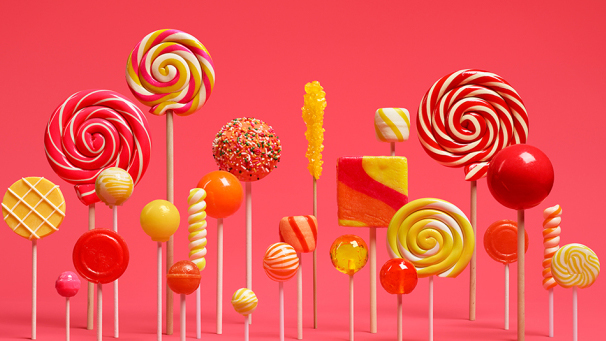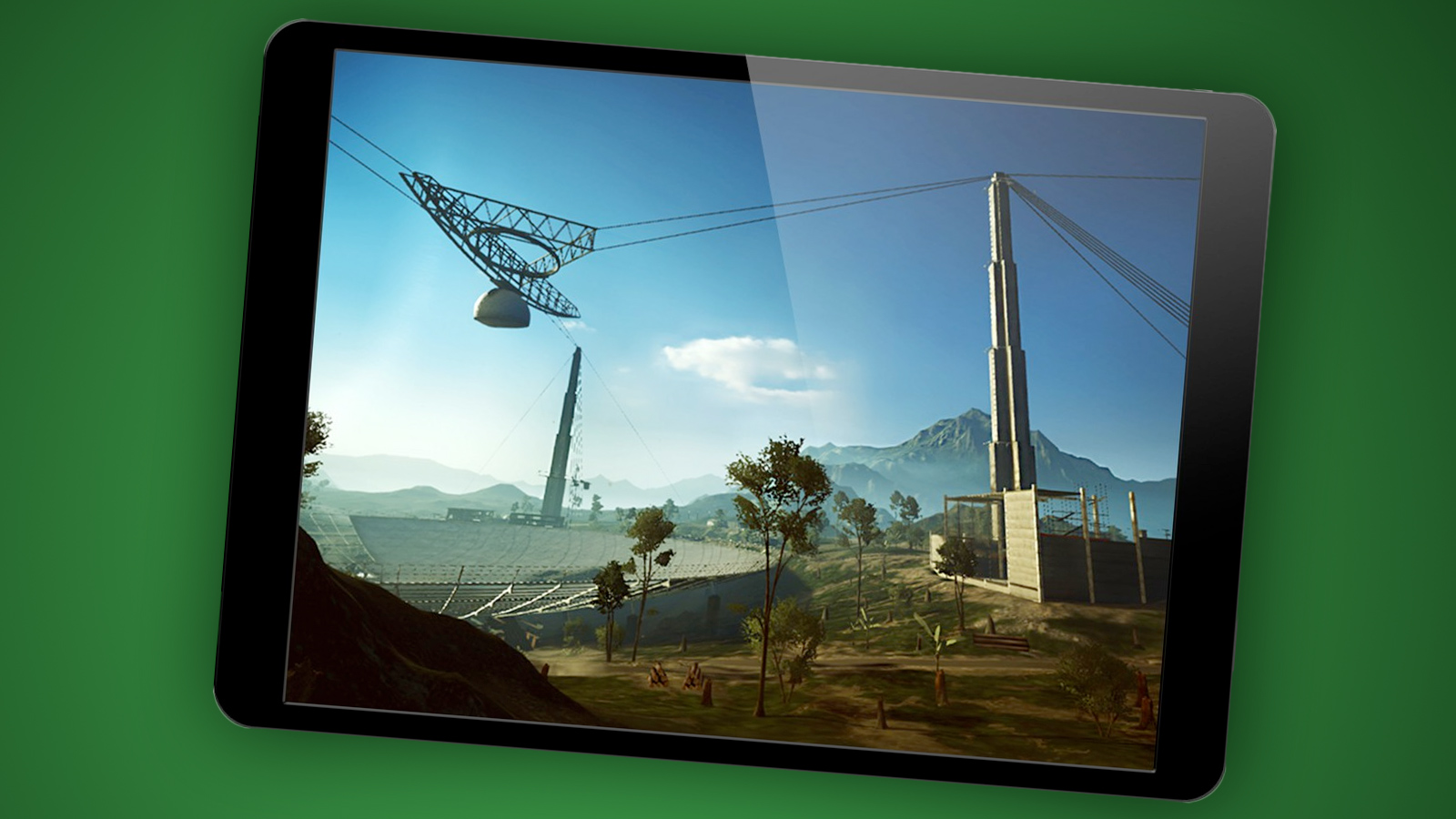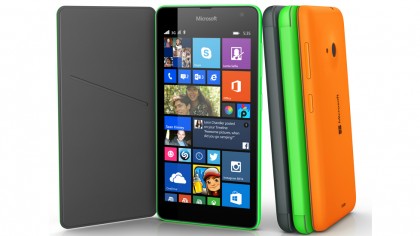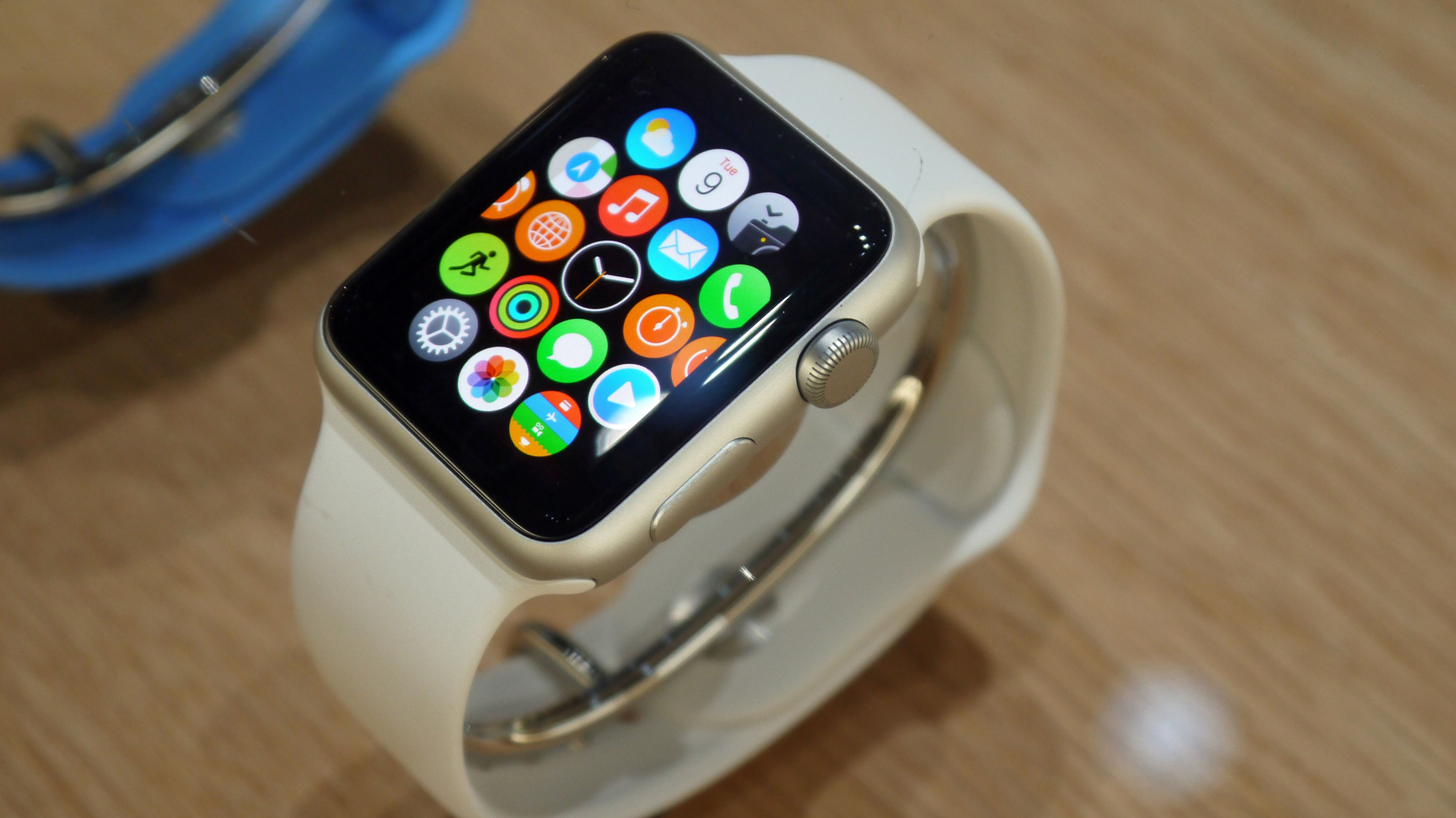What to look for in 2015
What do we have to look forward to next year? Nothing ever stands still in the mobile phone business, and the things that'll come to define 2015 are already in the works. The cogs are whirring away even now.
On the technical side, we're on the verge of a 64-bit revolution in Android with Google adding native support for 64-bit system architectures as part of Android 5.0 Lollipop.
Within just a few months we'll see almost every new phone use a 64-bit CPU, not just the pricey ones. The Snapdragon 410 is already out there, a 64-bit version of the Snapdragon 400 we see so often we swear it's stalking us.

This will soon be joined by the Snapdragon 810, the upcoming Qualcomm flagship CPU that'll make the Note 4's Snapdragon 805 look like old news.
But what is 64-bit going to get us beyond smug bragging rights? It'll mean we start to see phones with 4GB of RAM along with a radical performance boost that'll make us forget that the Snapdragon 805 really isn't all that much more powerful than the Snapdragon 800, which is so old its original adverts were in black and white.
It's up to the devs to prove the upgrade is really worthwhile, but it'll also come in handy for those QHD phones. More pixels means more power demand.
iOS on games
So will Androids have the advantage for games, and power in general? Not quite. Apple started using 64-bit processors with the iPhone 5S.
Get daily insight, inspiration and deals in your inbox
Sign up for breaking news, reviews, opinion, top tech deals, and more.
We've also seen some pant-wettingly exciting demos of what we can look forward to soon thanks to something called Metal. This is an Apple API that gives developers access to a graphics processor's power with lower overheads, unlocking the potential for even more dazzling visuals.

It's not going to affect Farmville 6, but DICE has even got parts of Battlefield 4 working on iOS thanks to Metal. And, yep, that's the same game you might play on Xbox One and PS4.
The power's already there, but hopefully we'll see it used a bit more in 2015.
Microsoft goes hardcore
Going from exploiting what's already there to companies with an awful lot of change on the horizon, we have Microsoft and its Lumia phones, which has just dropped the Nokia brand.
2015 is when we'll see where Lumia phones are headed. Will they change completely or is Microsoft going to keep the sort of design identity Nokia has diligently forged for Windows Phone over the last three years (colour, plastic, curviness)?
The first non-Nokia Lumia, the 535, has that classic Nokia styling. But it's no guarantee that some bright spark at Microsoft won't upturn the cart and start making all-grey devices made of compressed cardboard.

What's the future for poor old Nokia then? Well, when Microsoft bought Nokia it actually only bought its mobile division. And that leaves, ooh, at least five people working in a shed in Finland somewhere doing other things. The brand still has big plans, though, with a super-cheap Nokia N1 tablet already confirmed.
For the money (£199) it sounds amazing, but we're yet to touch, or even see, one in the flesh. Its 7.9-inch 2,048 x 1,536 pixel screen has us excited, mind.
Drowning in pixels
These sorts of ultra-high resolutions are going to become very common, too. Just about all the top phone of next year will have QHD displays, just like the LG G3. More pixels than your eyeballs could possibly compute is going to be terribly de rigueur, you just wait.
What's far more useful for the average person, though, is that the UK's 4G networks are going to be given a thorough overhaul. Telecoms regulator Ofcom is selling off more frequency bands carriers can use to beam 4G over to your phone, meaning the currently horribly crowded 4G services will be able to ease up a bit. The speeds you get with 4G in many places really aren't that '4G' at all. Hopefully this will change.
Some of the most exciting new stuff won't be in the phones themselves, but the bits and bobs we use with them.
Accessorise like the world is ending
2015 may be remembered as the year of the USB headphone. iOS and Android 5.0 can both output audio from their USB/Lightning ports, meaning that the simple headphone jack may become a bit, well, redundant.

USB headphones would be able to bypass a phone's DAC and amplifier, letting you get a true audiophile experience from a phone with the right pair of cans. Match up something like this with Tidal, the lossless Spotify alternative, and you have an audio nerd's dream.
A bit closer to home, we'll get to see how Android Wear develops and whether the Apple Watch does for smartwatches what the iPod did for MP3 players. Or will it bumble along like Apple TV, not quite setting the world alight?
Current page: The future of phones - what to get excited about
Prev Page How to buy the perfect smartphoneThe TechRadar hive mind. The Megazord. The Voltron. When our powers combine, we become 'TECHRADAR STAFF'. You'll usually see this author name when the entire team has collaborated on a project or an article, whether that's a run-down ranking of our favorite Marvel films, or a round-up of all the coolest things we've collectively seen at annual tech shows like CES and MWC. We are one.